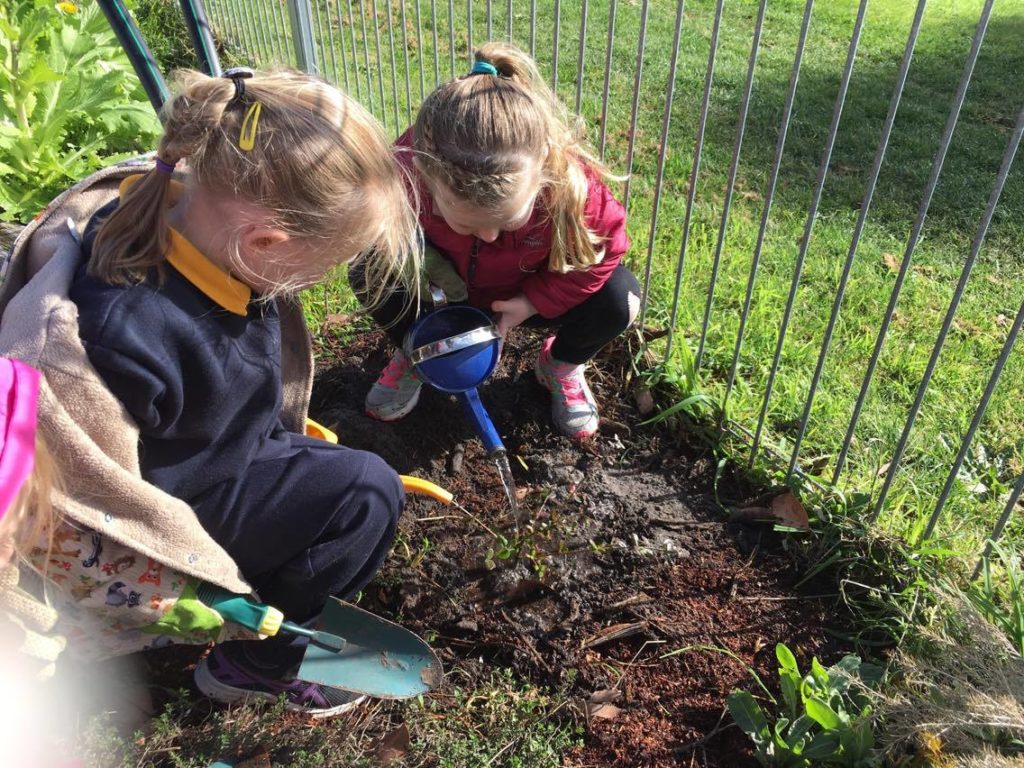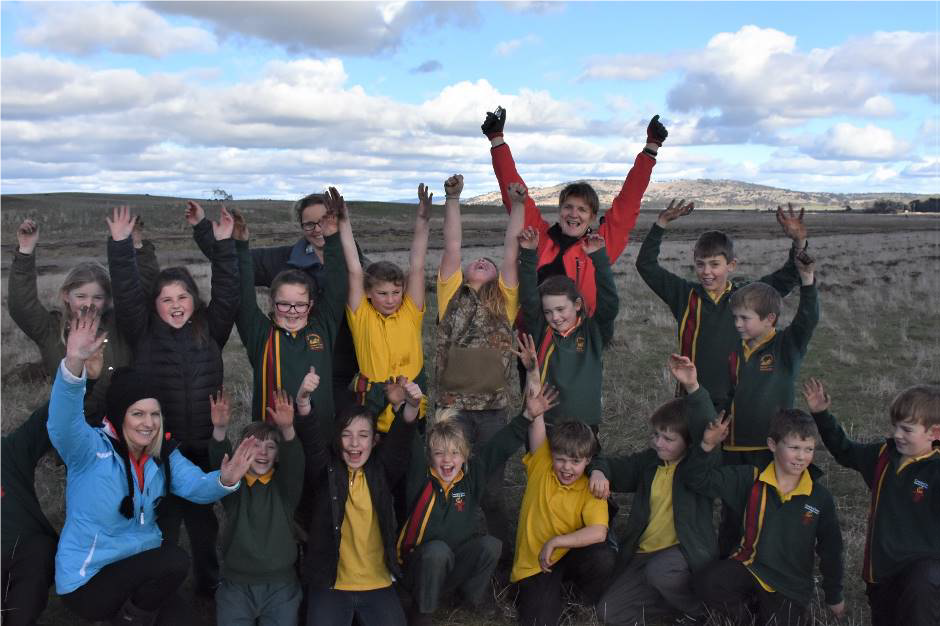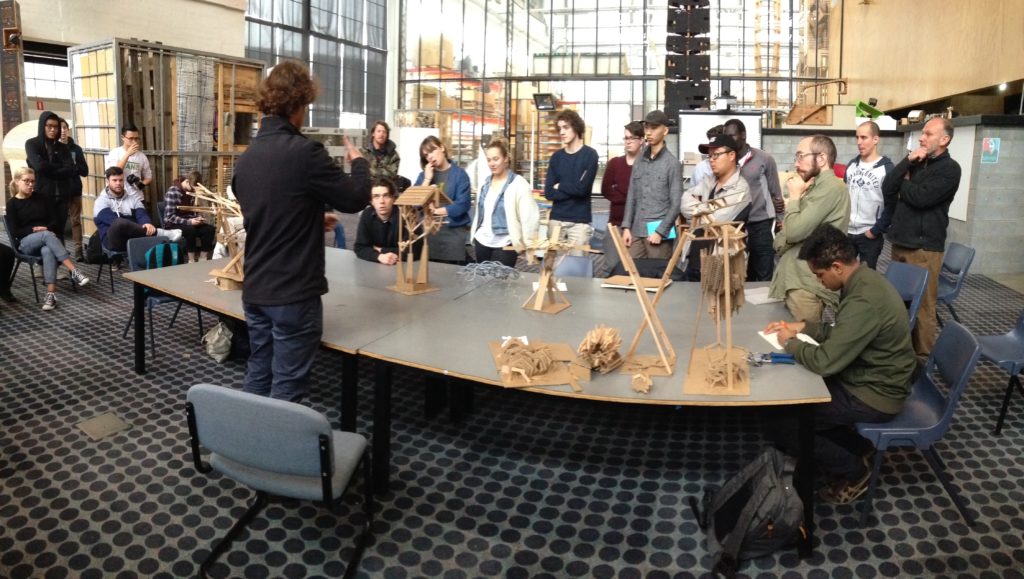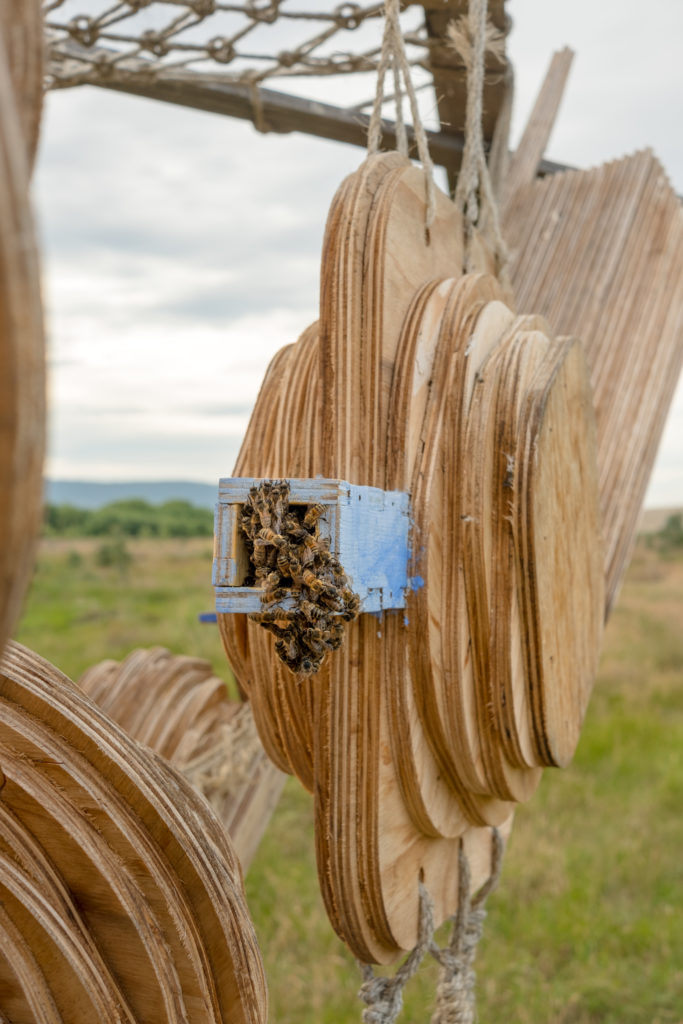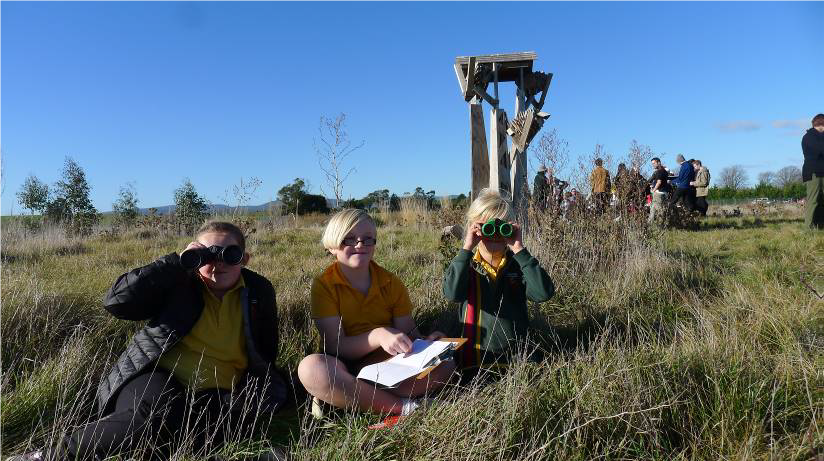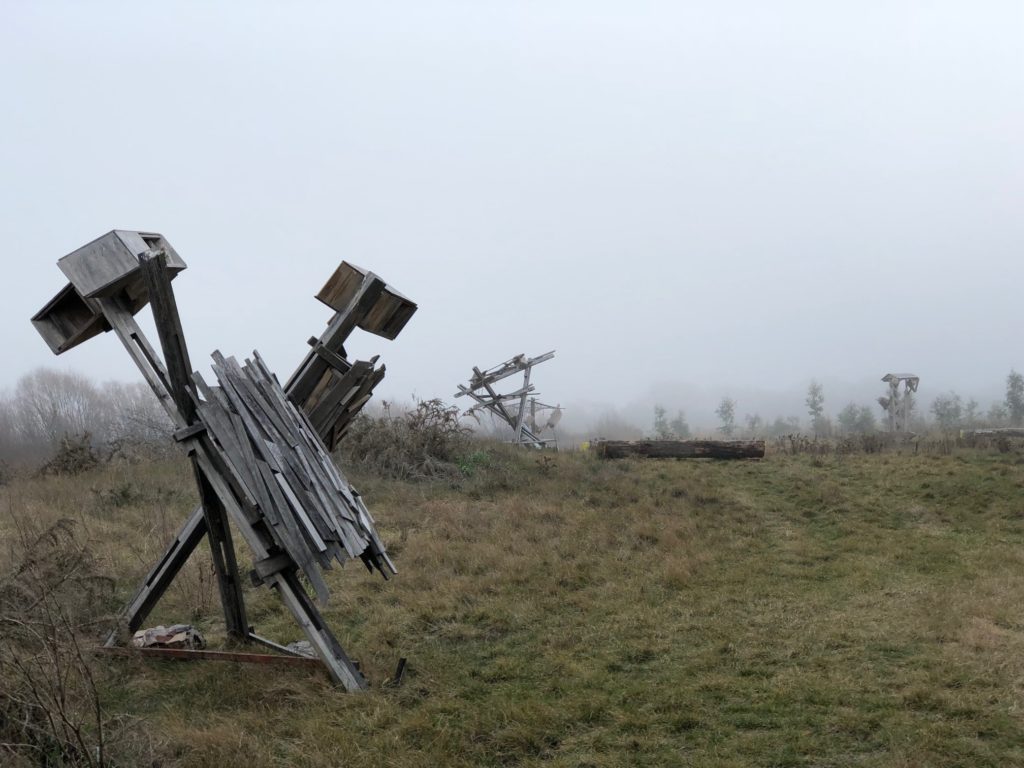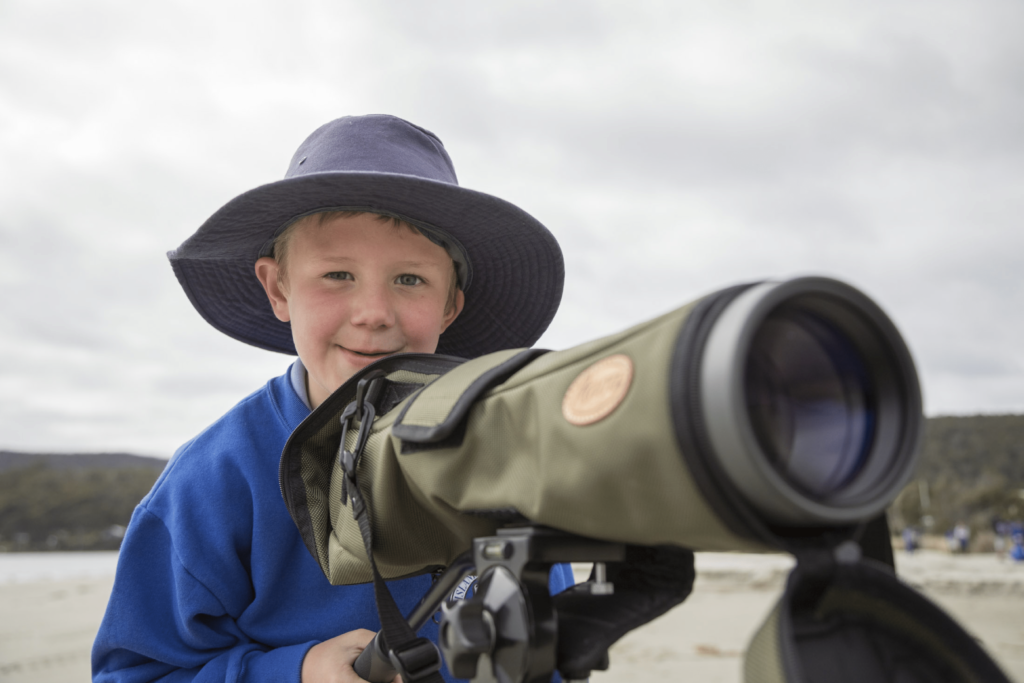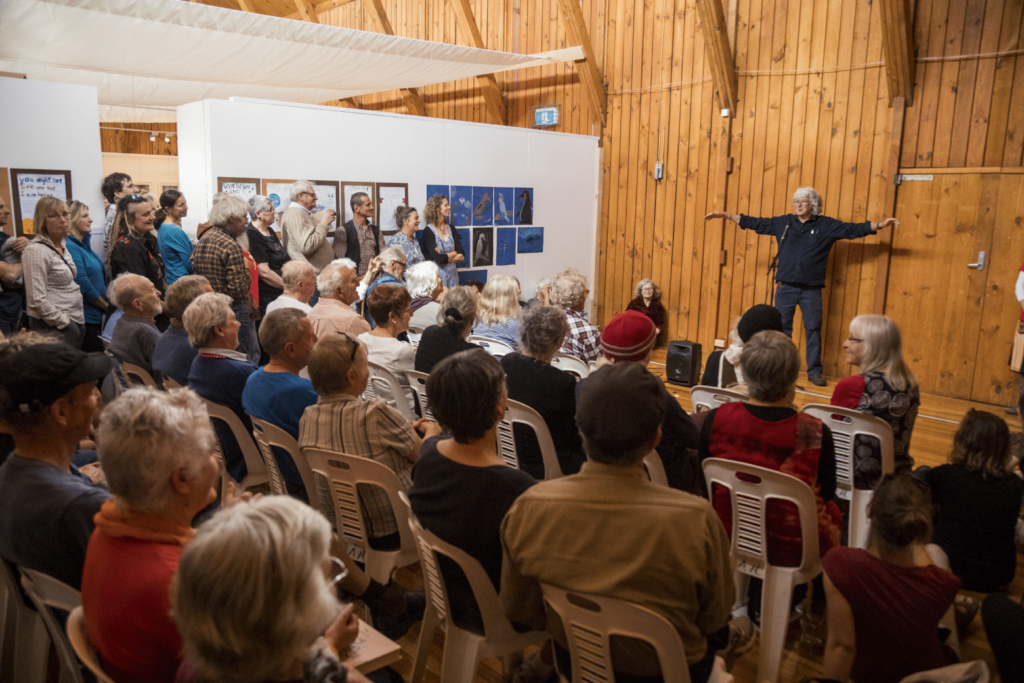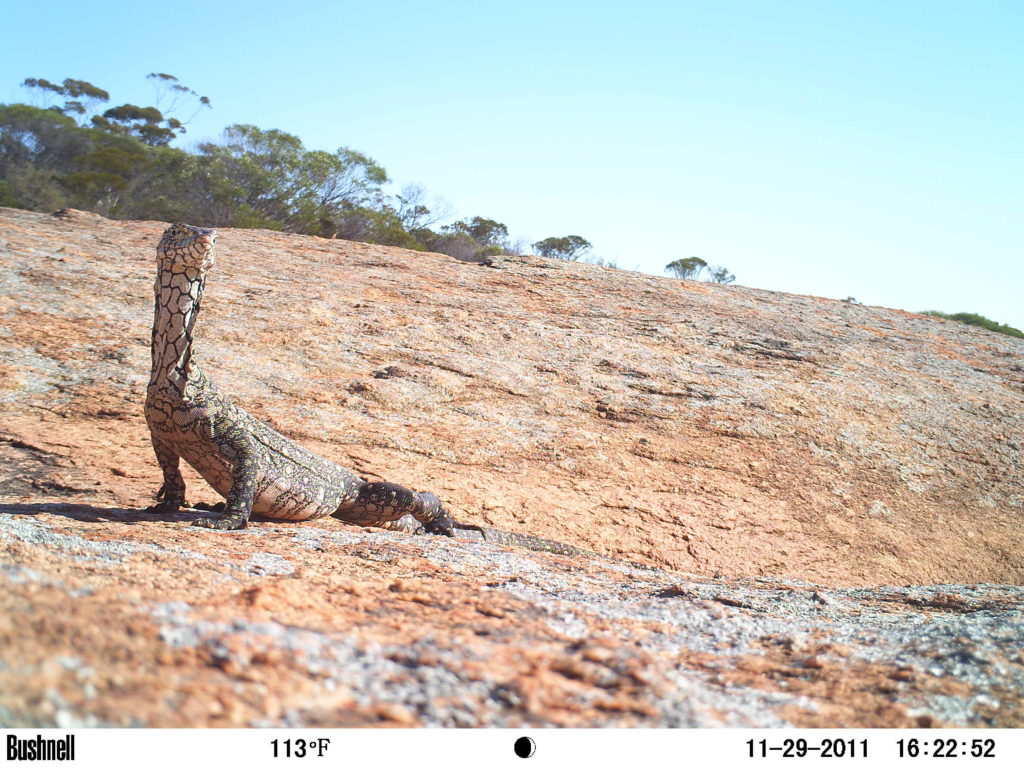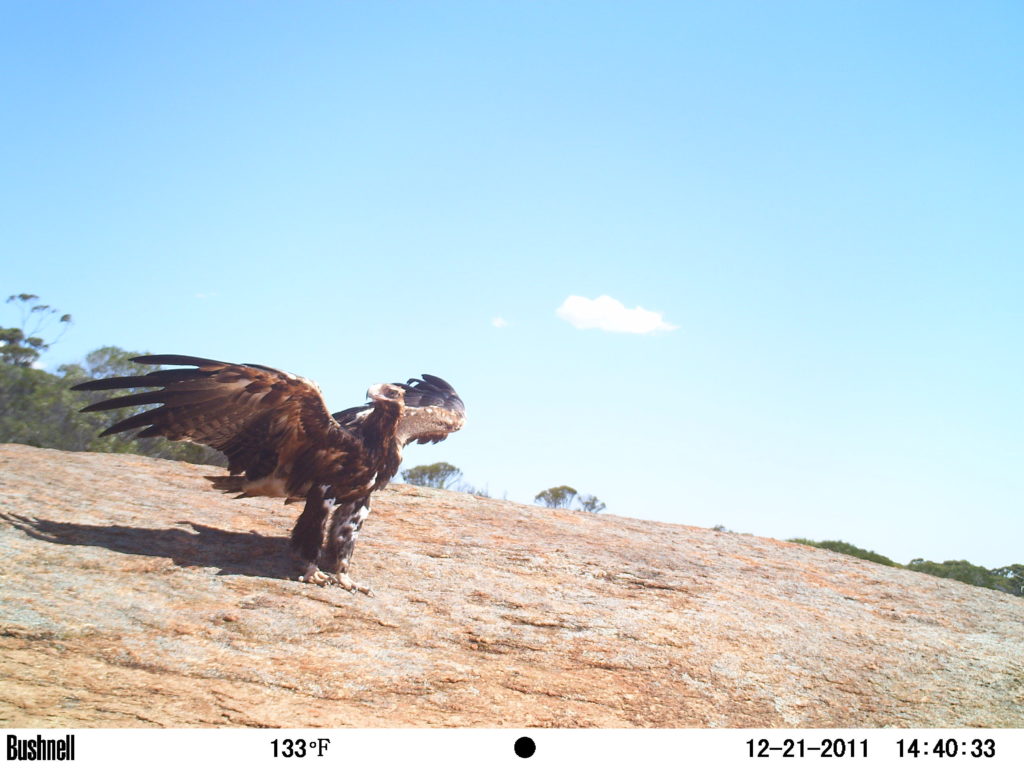Foundation for Rural & Regional Renewal (FRRR)
In an agricultural community, it is not uncommon to have a male-dominated population. However in and around Glen Innes, NSW this isn’t the case. More than half of the Glen Innes population is female. But local leadership and committee membership didn’t reflect that balance.
The Glen Innes Natural Resources Advisory Committee (GLENRAC) is dedicated to creating opportunities for land owners and the community to take an active role in managing and maintaining the natural resources of the region.
GLENRAC identified the need to improve governance skills and gender diversity within community groups and organisations to satisfy government and funding bodies.
To address this issue, GLENRAC used a $5,000 grant from FRRR’s Small Grants for Rural Communities grant program, funded in collaboration with Australia Post, to deliver a project aimed at building skills and capacity to engage with community groups in a meaningful way.
The project included three workshops over two days, targeting all members of the community and focusing on increasing knowledge of governance and leadership. During the workshops, community members engaged with experienced and professional facilitators. Participants were given the opportunity to build on their existing networks and increase their connections within the community.
GLENRAC hopes that following these workshops, women in the community will feel more confident and empowered to get involved with local committees with the skills and knowledge acquired from the events.
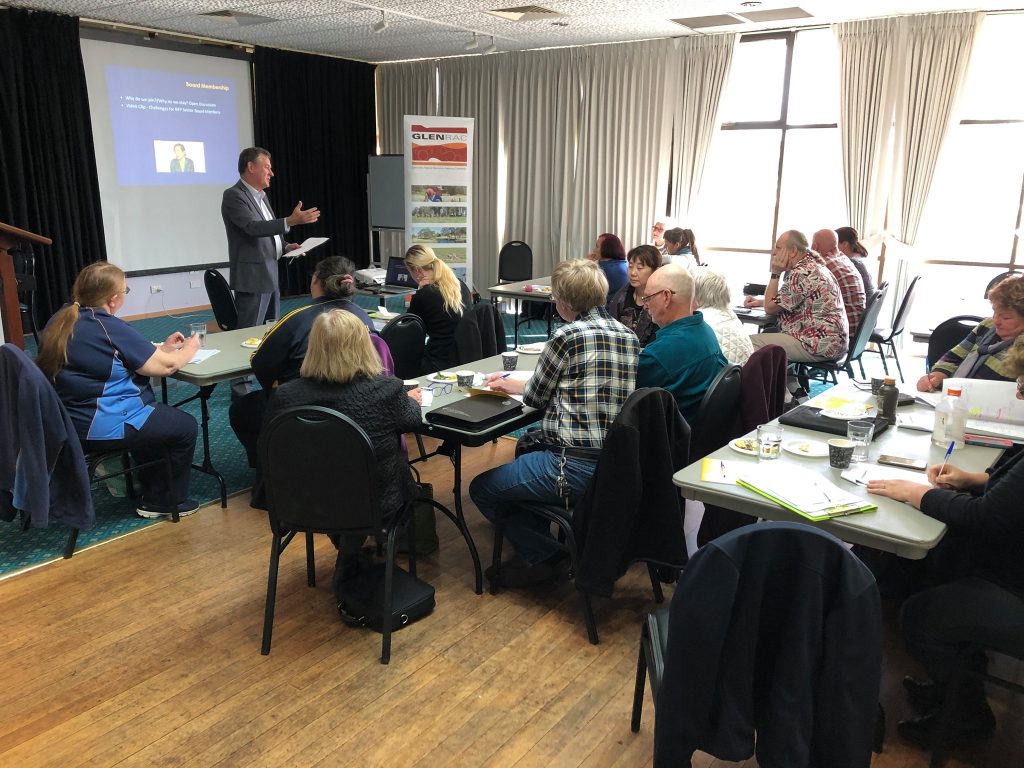
Nestled in the heart of the Bundaleer Forest lies a quiet haven where local South Australian families can visit to reconnect with nature, and each other. Just eight kilometres from Jamestown, the picnic area of the Bundaleer Forest and the idyllic Maple Walk have been a local favourite for years. And yet, something was missing.
Until 2018, families would have to drive more than 200km to visit the nearest nature play park. These types of parks provide an opportunity for children to ignite their imagination, and enjoy learning and developing key skills while being surrounded by nature.
After the devastating bushfires that tore through the Bundaleer Forest in 2013, it became clear that the community needed a new tourist destination to drive business into the area.
After three years of work by the Northern Forests Community Initiatives Group, The Bundaleer Forest Community Areas Association (BFCAA) was formed. Their mission is to protect, preserve, promote and enhance the recreational, environmental, cultural, historical and educational values of the community areas of the Bundaleer Forest – and delivering the nature play area was just one of their initiatives.
The local community applied for the FRRR Small Grants for Rural Communities program, which provided $5,000 in funding for the nature play area, thanks to support from The Yulgilbar Foundation. Over 12 months, the community banded together to design and build the new park, with enormous input from the BFCAA volunteers, and Lion Club volunteers.
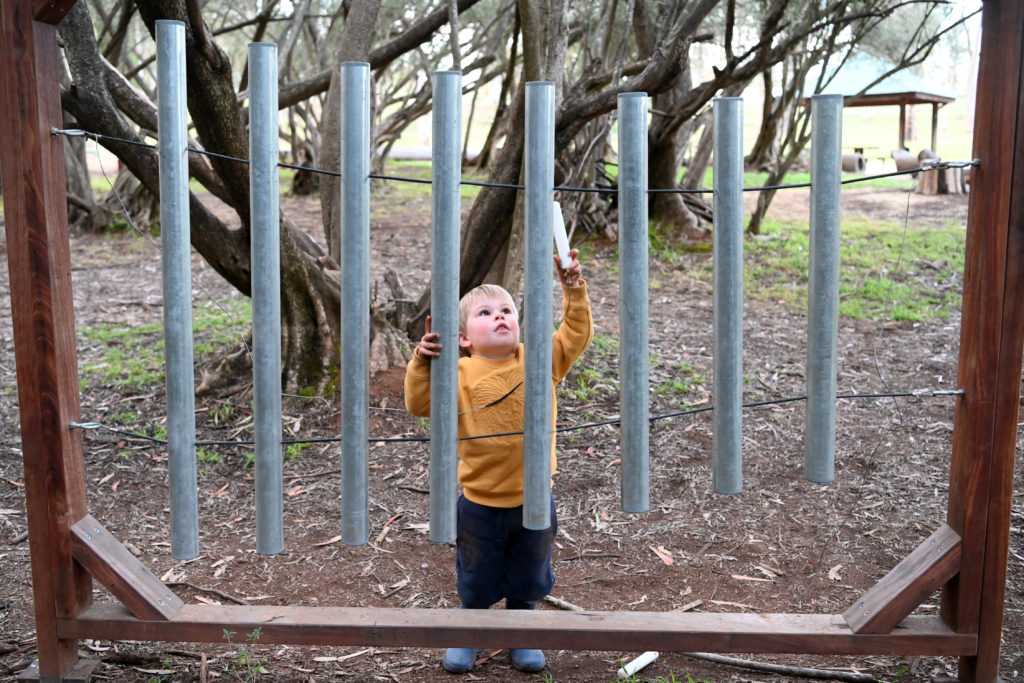
The finished nature play area is full of things to do, with a basket swing, picnic table & story time area, goblin & fairy house, mud kitchen, stepping logs, giant xylophone, swinging bars, tight rope and climbing rope. The facility has encouraged local schools, kindergartens and other groups to visit locally, and enjoy the benefits of having such a fun and engaging play area right on their doorstep.
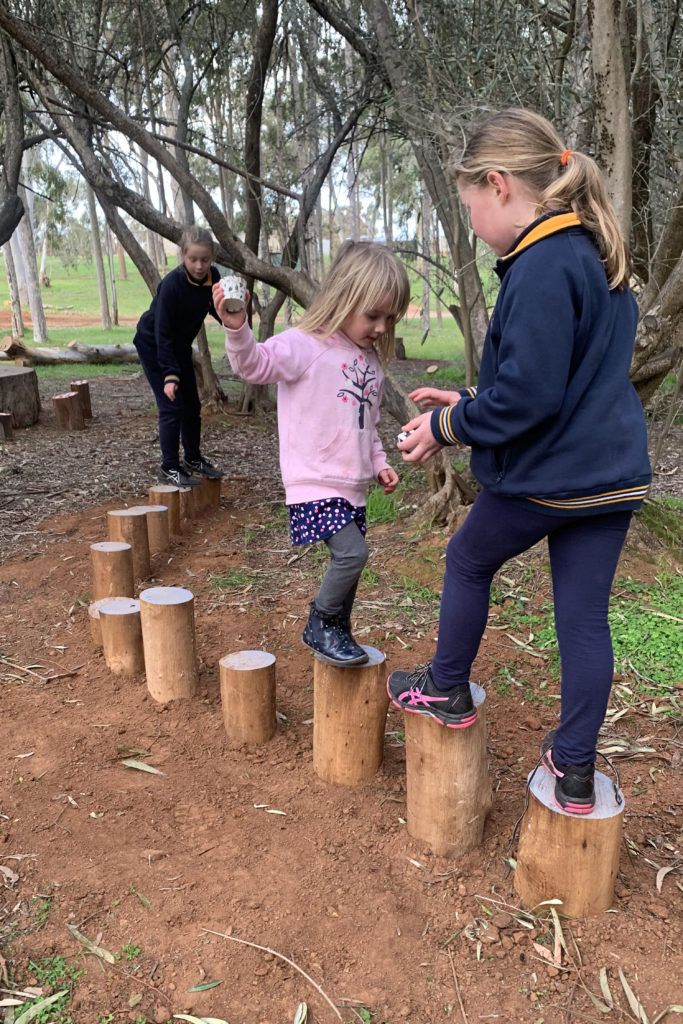
Each of the nature play structures has a specific goal for promoting the development of strength, creativity, and providing a sensory experience. Children can experience being in nature and enjoying the fresh air, while developing their balance, body awareness, concentration and gross motor skills.
“Anyone who sits quietly and observes children playing in the Bundaleer nature play space will fully understand the impact of this project. While it is impossible to measure, there is a phenomenal impact on many levels of children development through nature play. It’s where children’s imaginations can come to life, and world where fairies and dragons are more real than make believe. It’s where children cooperate to make music together on the giant instrument, and learn to take turns on the swing and hold the hand of a younger chid as they learn to balance on the stepping logs.”
Mel Kitschke
Bundaleer Forest Community Areas Association
Drake is a small town in the shire of Tenterfield, located on the border of NSW and QLD. With one pub, one shop, one community centre and most properties coming in at around 100 acres, there is little opportunity for interaction and entertainment between community members. There was an interest among residents in learning more about permaculture, particularly as the land can be quite unforgiving when trying to grow food and plants.
The Granite Border Landcare Committee (GBLC) saw an opportunity to teach the community new skills, create new shared community resources and foster connections and relationships between neighbours through the creation of a six-part permaculture workshop series.
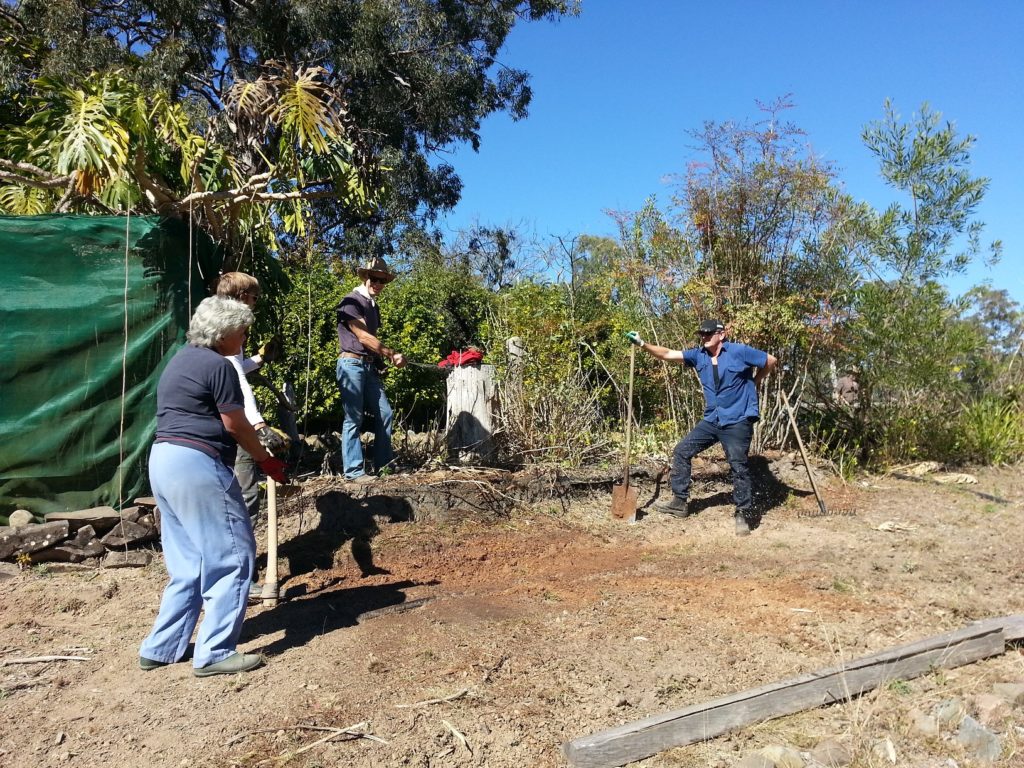
With a $4,000 Small Grant, funded by The Yulgilbar Foundation, the GBLC was able to create and deliver this workshop series over a six month period.
Amanda Craig, who managed the program, said the project established a strong, energetic, community focused group with a core membership of 10 people.
“While the overall aim was to establish a permaculture group, which it has done, the community benefits are greater than that.”
“The group members and other interested people that attended workshops have established strong ties within the small isolated community and are now branching out to include other activities as the recent garden make over at the community resource center,” Amanda said.
The workshops included Build a Chook Pen, Build a Raised Garden Bed in a Mandala Circle Garden, Learn to Build Compost Bays, Building Swale’s Workshop, Propagating Vegetable Seedlings, Build a Wicking Bed and How to Build a Greenhouse. The six-month series helped to build community connectedness, improve local community infrastructure, and develop a volunteer community group.
Since completing the series, this group has continued to hold workshops and is working on beautifying the garden around the local community centre.
Queensland Rural, Regional and Remote Women’s Network (QRRRWN) is a member and volunteer based, multi-generational, not-for-profit organisation for women from, or supportive of rural, regional and remote (RRR) areas, across all sectors and industries. Their focus is on building strong and diverse communities through connecting, developing and inspiring RRR women.
In 2018 they received $5,000 from FRRR’s Small Grants for Rural Communities program, funded by the David Mactaggart Foundation to fund a history project as part of their 25th anniversary, which was celebrated at the QRRRWN annual conference in Kingaroy.
The project paid tribute to the QRRRWN women whose vision 25 years ago helped shaped the organisation as it stands today, as well as the communities they live in. Interviews were conducted with past and present QRRRWN women, and featured their stories, wisdom and achievements in a series of videocasts. These snapshots of the life of the organisation were launched at the QRRRWN 2018 Conference as part of an exhibit featuring memorabilia from the last 25 years.
There is also now a history page on the QRRRWN website, with a series of videocasts that members, prospective members, as well as the general public, can view. This history webpage hosts the previously hidden collections of QRRRWN history that can be viewed as slideshows: https://www.qrrrwn.org.au/history-project/.
Project lead and QRRRWN board member Dr Cecily Jensen-Clayton said that years of drought, economic downturn, cyclone damage and the shrinking of rural communities have led to a loss of energy and motivation in leadership.
“The greatest success from my perspective was the performance and effectiveness of the history project team. What I am most proud of is that these outcomes are enduring, these outcomes being legacies that continue to energise leaders, their communities, and the QRRRWN organisation.”
One significant benefit of the history project was that it showcased to younger members the greater capacity and capabilities of the organisation. One millennial board member has now gone on to take up an executive position this year, and other participants were gifted with new and different ways to think about using their voice as leaders, commensurate with the objectives of the organisation.
The National Remote Indigenous Media Festival is First Nations Media Australia’s major industry event celebrating achievements and supporting the training of the remote Indigenous media sector. Each year the festival location alternates between remote desert and coastal communities to make it as accessible and relevant for its participants as possible. With the annual change in locations comes the need to source funding.
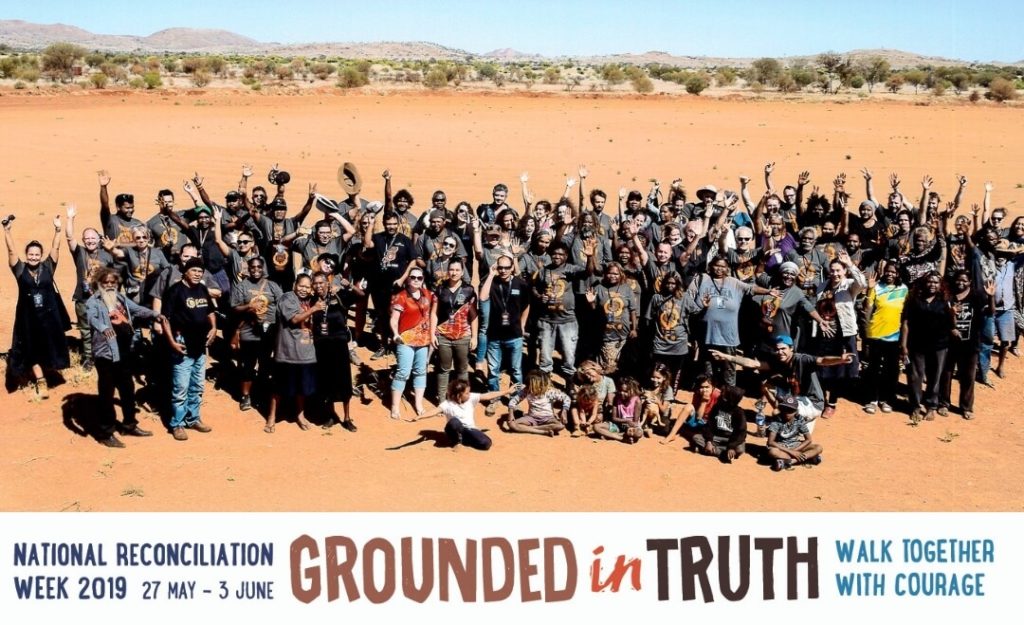
First Nations Media Australia, formerly known as the Indigenous Remote Communications Association is the peak body representing and supporting the media and communications needs of remote Aboriginal and Torres Strait Islander people.
The organisation advocates for community-focused broadcasting, providing tools, networks and resources to support Indigenous media organisations and workers to upskill and build their capacity.
First Nations Media Australia secured $5,000 from FRRR’s Small Grants for Rural Communities program, funded by The Pratt Foundation, to purchase iPads, mobile phones and software to help deliver one of the 2017 festival’s key workshops, Working with Mobile Devices.
More than 100 remote Indigenous media outlets and industry partners from across Australia gathered in the community of Irrunytju (Wingellina) on Ngaanyatjarra country – about 1,700 kilometres north east of Perth near the borders of Western Australia and South Australia for an action-packed week-long industry event.
The festival provided an opportunity for delegates to work together toward innovative solutions for the challenges faced by the remote media sector, connecting people, places and stories across the country to strengthen culture, identity, and well-being. It involved industry forums and skills development workshops led by inspiring trainers and facilitators, and in the evenings, time was spent enjoying, acknowledging and celebrating local culture and talent, including movies, music and award presentations.
Some great work was produced during the workshop, including a high-quality animation entitled 7 Sisters, which was created by trainees and showcased at the final day’s workshop presentations to much acclaim by delegates. In most cases, participants were able to work independently after the initial training.
This small grant helped more than 100 people from remote Indigenous communities and media organisations to gain meaningful training and industry knowledge from experienced trainers and Indigenous leaders. Participants left inspired, enthused and more confident about their work in the sector.
Examples of completed work can be viewed on https://firstnationsmedia.org.au/.
Pemberton is a small community in the South-west region of Western Australia. With an employment shortage in the hospitality industry and limited access to local training for disadvantaged adults, the Pemberton Community Resource Centre (CRC) saw an opportunity to make a real impact.
They used a $4,890 Small Grant for Rural Communities to run a barista training course, which caters for disabled people and youth.
Working with other local community groups to identify people who would benefit from the barista training, the CRC were able to engage 42 participants!
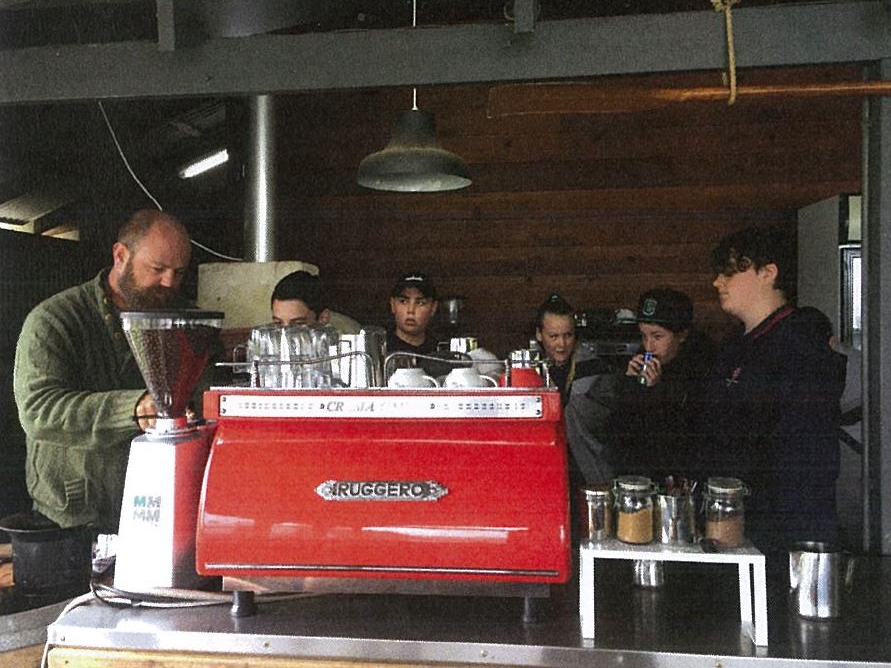
The course was such a great success that the local school is interested in continuing to work with the CRC to provide the barista training to their students. It has also given local business operators the ability to employ locally, where previously they relied heavily on the itinerant workforce, helping to strengthen the local economy.
Greening Australia (Tas) is a leading environmental restoration organisation, restoring and conserving natural landscapes, producing clear, practical plans that allow people and wildlife to coexist. Their aim is to optimise greater understanding and involvement of Tasmania’s biodiversity hot spot through the running of conservation and artistic workshops for the community.
They received a $4,000 grant from the Small Grants for Rural Communities program, funded by the Yulgilbar Foundation for their ‘Hot Spot Snapshot’ program, which saw Greening Australia (Tas) run two activity field days at Cressy and Campbell Town, south of Launceston in Tasmania.
University researchers, restoration ecologists, artists and the school community came together to share their skills and knowledge with students from Oatlands and Campbell Town. More than 200 people participated in the Biodiversity Day at Oatlands; 70 people attended the Big Biodiversity Night Out at Merton Vale in Campbell Town, and this was followed by a BIG Day Out on 8 September at Ross with 30 Campbell Town Students working with 70 Architecture and Design Students from the University of Tasmania to build ‘Species hotels’, sculptural works to highlight the planted habitats for the threatened species in the Midlands Biodiversity Hot Spot. These will be established as a sculpture trail at Ross. Campbell Town students also planted 200 trees on a site next to the proposed Sculpture Park.
The grant was used to fund the purchase of wildlife cameras, video production, workshop materials, and travel for students as part of this collaborative community project.
A summer hotspot
Bruny Island is one of those places that people tell you to visit in Tasmania – the population of this spectacular island, only accessible by car ferry, swells from 700 to around 4,500 over the summer months. The local economy has made the move from a mixture of farming, orchards and timber harvesting to one based on ecotourism, niche food production, acquaculture and sheep grazing.
There’s more to this festival than feathers
The Bruny Island Environment Network (BIEN) was formed in 2009, and membership stands at 107. Its aim is to promote the biodiversity, cultural heritage and scenic values of the island, generate resources and support for their protection, support sustainable economic activity, provide information to landholders and the wider community about environmental and conservation issues, work together to address these issues and provide a framework for action regarding timber harvesting.
One of the group’s activities is the Bruny Island Bird Festival. The young festival, which held its inaugural event in 2010, required some infrastructure and equipment to help it gain momentum and achieve its educational aims.
The group was awarded a Small Grant of $1,093 for funding to purchase a 3m x 4.5m marquee that would be used as the key festival and visitor information booth.
Everyone joined in
The festival is a focal point for longer term education, art and conservation projects with local school children and various other community groups, including a photography and art competition that drew many participants. The Men’s Shed blokes built nesting boxes to sell, the CWA groups organised the market day, and catering and tourism operators and boutique food operators offered special guided tours, tastings and accommodation packages.
Not only would the festival be a boost to economic activity in an otherwise quiet period (late October) but it would help to fund the conservation activities of the BIEN and demonstrate the wonderful array of bird life and the potential for alternative uses of the South Bruny Forests to provide ecologically, economic and socially sustainable benefit for all.
Year round benefits
The event was a great success with around 400 registered attendees and accommodation on the island was nearly fully booked. Mr Graham said that they have seen a subsequent increase in the niche sector of bird related tourism. “The beauty is of course that the birds are here all year round, so once awareness is increased by events such as the festival, the benefits continue beyond that time.”
The marquee proved extremely handy – and was ‘invaluable in the smooth running of the festival’. Volunteers and businesses could direct people to the marquee for any assistance if they were not able to answer queries, and it was a point for patrons seeking last minute details of their booked tours. It has been used multiple times since the event and has proved a useful addition to the island’s community equipment.
It’s all about stealth when it comes to surveying native fauna and birds in the township of Mukinbudin, a town of 800 people some 296 kilometres north-east of Perth, in Western Australia. The town is situated in the Wheat Belt, and over the past few seasons has experienced severe drought conditions which has affected wildlife populations.
With the help of a $1,290 Small Grant from FRRR, the Mukinbudin Conservation Group was able to purchase three sensor cameras. These special cameras are triggered by wildlife moving and unobtrusively photograph the animal, recording the date, time and temperature.
Since 1986, the members of the Mukinbudin Conservation Group have been raising awareness about bushland, native plants and native animals. The Group, which consists entirely of volunteers, promotes the study and protection of Australian native plants and animals.
The group conducted a workshop to educate members in the local and surrounding communities on how to use the cameras to survey the native fauna in the area. Some of the footage from the cameras will screen at the towns annual Spring Festival in September.
Honourable Secretary for the Group, Joan Hobbs, said, “This is a great low labour, non-invasive way for the community to find out about the activities of the native animals. We will also be able to use the cameras in the Great Night Stalk which will allow the rural country youth to get involved in what’s happening in the surrounding bushland.”
As these photos show the cameras are working well and capturing the wildlife. It’s also creating an interest and passion within the community for the ongoing protection of the environment and means the community can continue surveying the wildlife well into the future.

